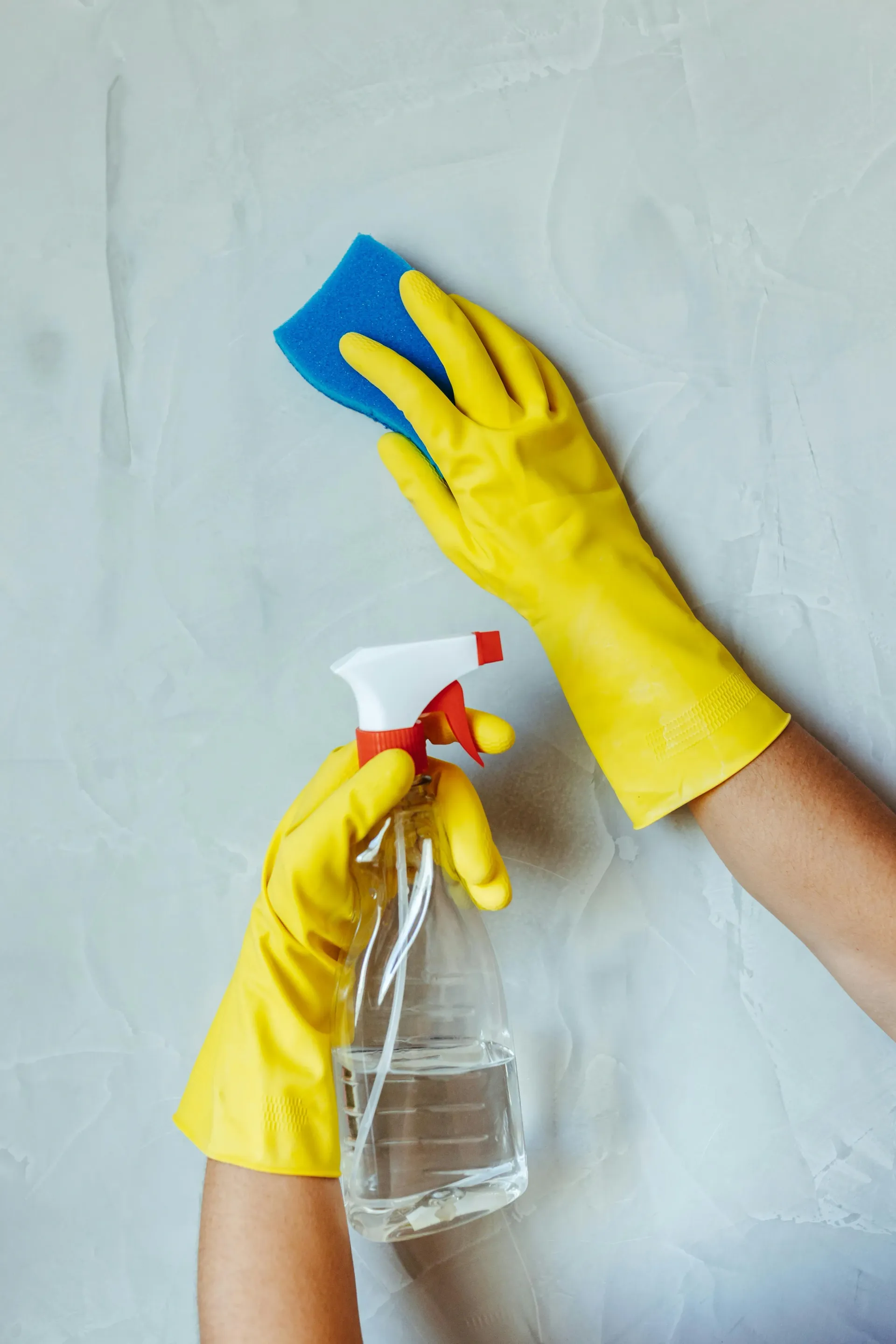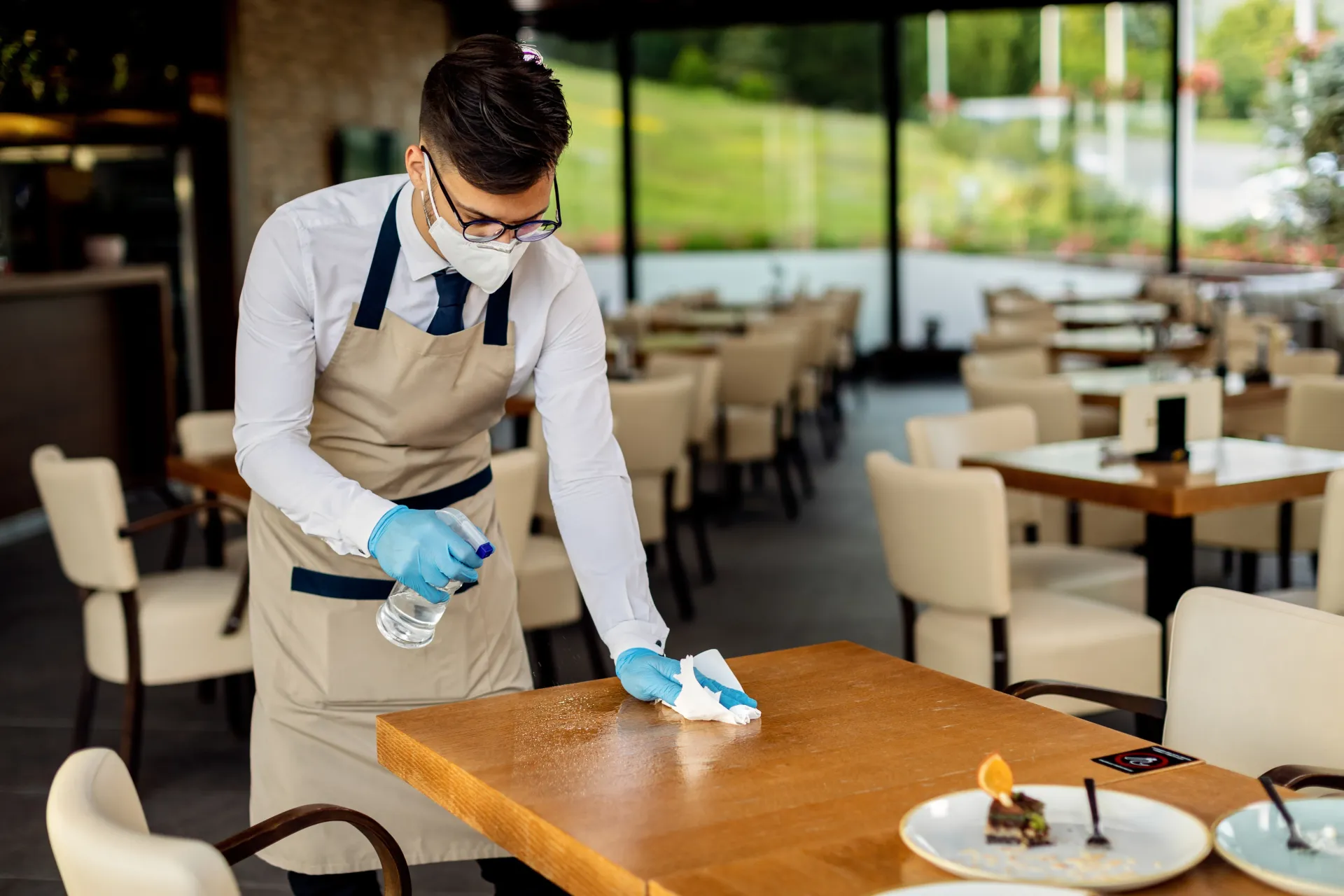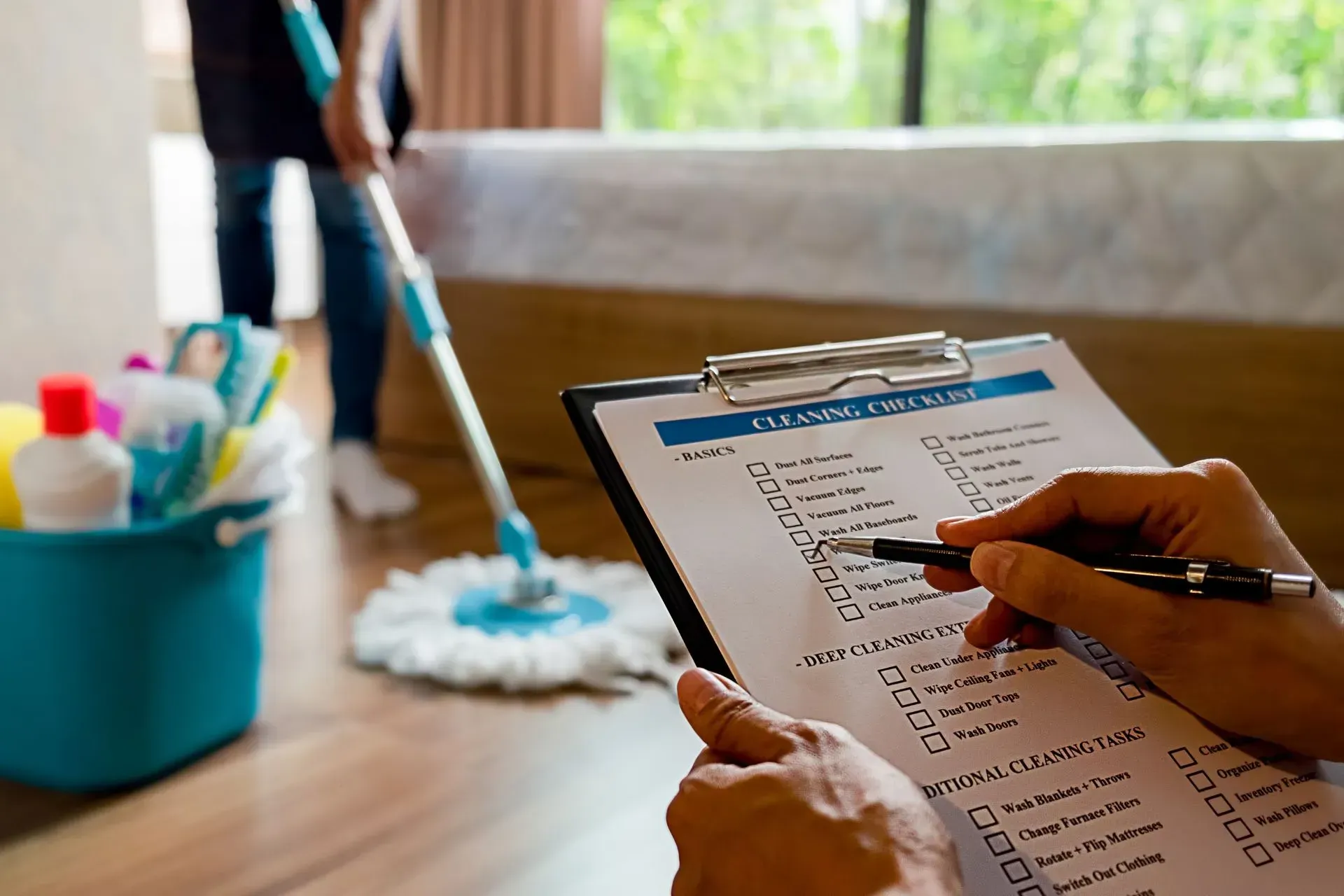From Clutter to Clarity: Steps to a Sparkling Kitchen and Happy Cooking
Discover how to transform your messy kitchen into a sparkling, organized space. This guide, "From Clutter to Clarity: Steps to a Sparkling Kitchen and Happy Cooking", offers practical steps and expert tips for joyful, stress-free cooking.
Introduction to Kitchen Organization
The kitchen is the heart of every home—where delicious meals are made, families gather, and memories are created. But when clutter takes over, this happy space can become a source of stress. That’s why organizing your kitchen is more than just tidying up; it’s about reclaiming your peace of mind and joy in cooking. In this guide, you’ll learn practical, effective steps to turn your chaotic kitchen into a calm, functional haven for culinary creativity.
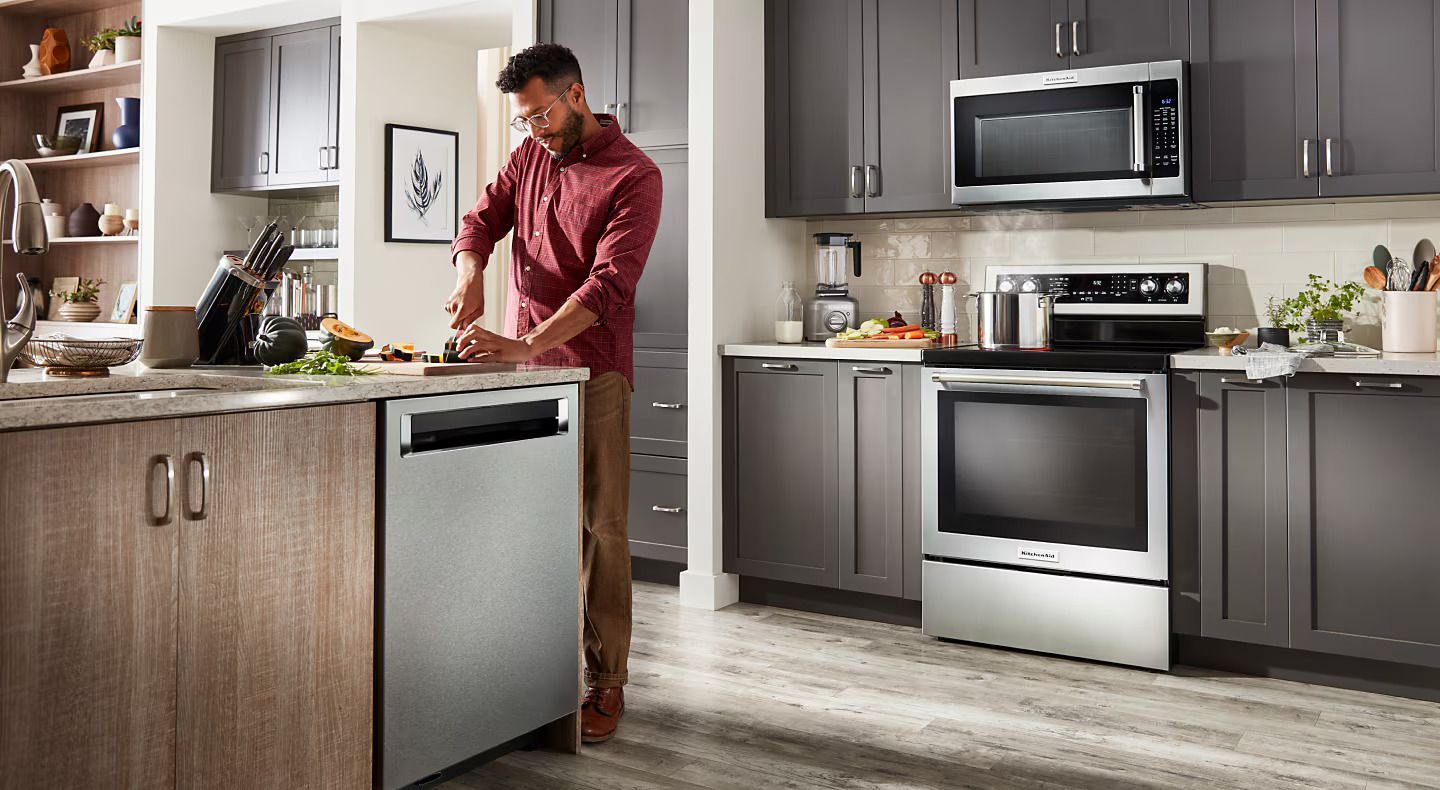
The Psychology Behind Kitchen Clutter
Clutter isn’t just physical—it weighs on your mental space too. A messy kitchen can trigger feelings of anxiety, overwhelm, and even guilt, especially when it reminds you of tasks left undone. Psychologists suggest that clutter bombards our minds with excessive stimuli, making it harder to focus or feel at ease. A clean and organized kitchen helps reduce decision fatigue and boosts productivity, making cooking more enjoyable and less of a chore.
Setting the Stage: Mindset for Change
Before you touch a sponge or bin, pause and prepare mentally. Approach your kitchen transformation with a positive mindset. Instead of seeing it as a dreaded task, think of it as a fresh start—a way to gift yourself more time, energy, and joy. Light a candle, play your favorite playlist, and envision the clean kitchen you deserve. This mental shift will keep you motivated when the decluttering gets tough.
Decluttering vs. Deep Cleaning: Know the Difference
Decluttering means removing items that no longer serve you. Deep cleaning means scrubbing, wiping, and sanitizing. Both are vital—but they’re not the same. Start with decluttering, or you’ll end up cleaning around mess. Identify what belongs, what’s broken, and what you haven’t used in months. Once the excess is gone, it’s much easier (and more satisfying) to deep clean and shine everything left.
Creating a Decluttering Plan
Trying to overhaul your entire kitchen in one go is a recipe for burnout. Instead, break the process into manageable chunks. Start with one area per day: the fridge, the drawers, under the sink, the pantry. Use timers—say 30 minutes—and give each session a clear goal. Small wins build momentum, and before you know it, your kitchen will be transformed.
Declutter First: Essentials vs. Excess
Be ruthless. Do you really need five spatulas or three colanders? Focus on the items you use daily or weekly. Store away seasonal items like holiday bakeware. Donate duplicates and toss broken tools. Keep your countertops for daily essentials only—coffee maker, cutting board, maybe a fruit bowl. Everything else should have a designated home.
Tools That Help: Must-Haves for Kitchen Organization
Organizing is easier when you’ve got the right tools. Clear storage bins for pantries let you see what you have. Drawer dividers tame utensil chaos. Lazy Susans maximize awkward corner cabinets. Labels and chalkboard stickers add flair and function. Even simple items like hooks or magnetic strips can free up drawer space. Invest in tools that make staying organized easier long-term.
Cleaning Like a Pro
Now that the clutter’s cleared, it’s time to clean. Start from top to bottom—dust high cabinets before cleaning counters. Use degreasers on stovetops and disinfectants on handles and knobs. Scrub the sink, descale the faucet, and don’t forget to clean inside appliances like the microwave or fridge. For deep-clean jobs or time-saving help, consider hiring a professional Cleaning Service.
Smart Storage Solutions
Think vertically—install shelves above counters or use stackable bins. Add pull-out drawers to lower cabinets so nothing gets lost in the back. Use door organizers for cutting boards or cleaning supplies. Keep things close to where you use them: spices near the stove, cutting boards near the prep area. These small tweaks save time and energy daily.
Zone Your Kitchen for Efficiency
Divide your kitchen into zones for cooking, prepping, cleaning, and storing. Keep knives, cutting boards, and bowls in the prep zone. Store pots, pans, and utensils near the stove in the cooking zone. Make the cleaning zone easy to access with dish soap, sponges, and towels. This logical layout keeps your flow smooth and prevents unnecessary back-and-forth during meal prep.
The Weekly 15-Minute Reset
Maintenance is key. Spend just 15 minutes each week resetting your kitchen. Toss expired food, wipe down surfaces, empty the trash, and return things to their rightful place. Set a timer, put on music, and make it fun. This short ritual prevents mess from building up and keeps your kitchen sparkling between deep cleans.
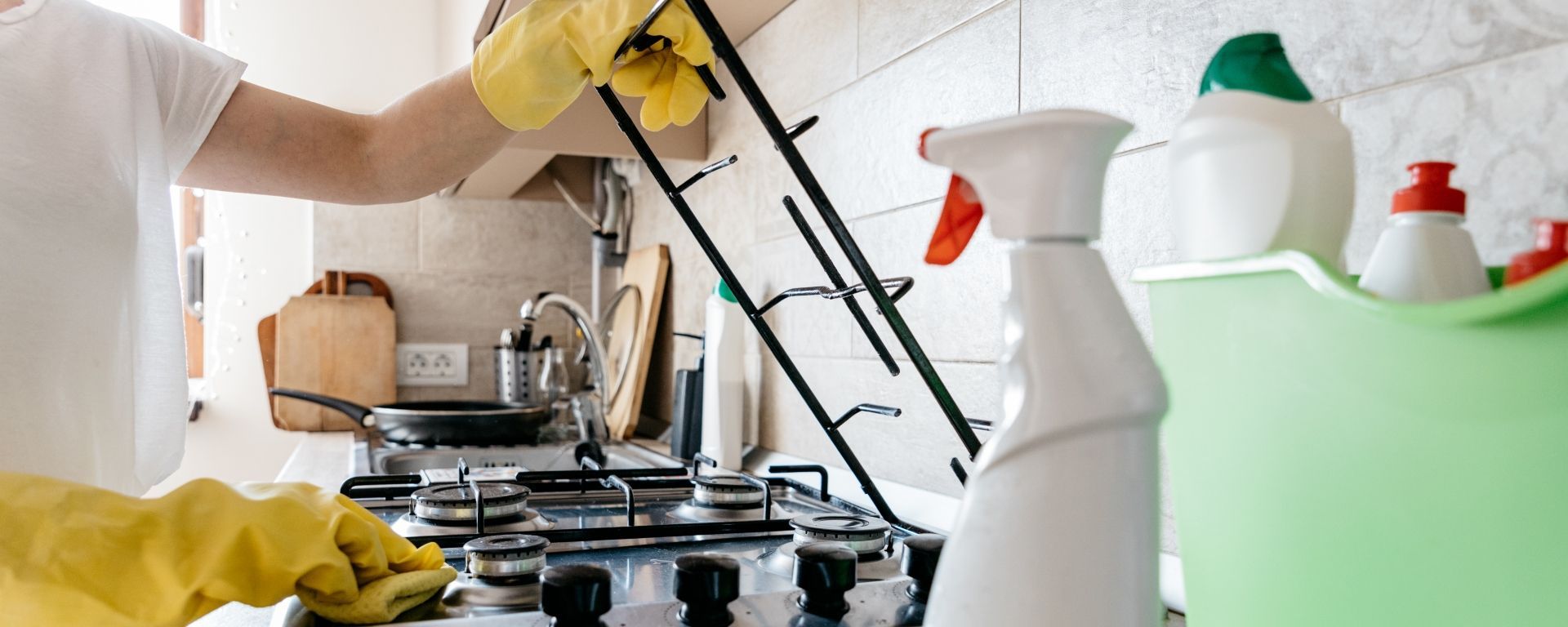
How to Keep Counters Clear
Cluttered counters make a kitchen feel messy, even if the rest is clean. Try a “nothing stays out” rule unless it’s used daily. Use wall-mounted shelves for mugs or tools. Store appliances like toasters or blenders inside cabinets. Create a drop-zone for keys and mail outside the kitchen. Clear counters equal clear minds.
Spice Cabinet and Pantry Perfection
Group spices by category—baking, savory, hot—and store in labeled jars. Alphabetize if you’re feeling fancy. In the pantry, rotate canned goods so nothing expires unnoticed. Use bins for snacks, grains, and baking supplies. A tiered shelf or clear container helps you see everything at a glance. No more digging through chaos just to find the cinnamon.
The Role of Professional Cleaning Services
Sometimes, your kitchen needs more than a DIY touch. Whether it’s spring cleaning, moving, or you just want to start fresh, a Cleaning Service can provide deep, thorough, and time-saving support. Professional cleaners have the tools, know-how, and attention to detail to make your space truly sparkle.
Cleaning Schedule That Works
Set a daily, weekly, and monthly schedule. Daily: wipe counters, wash dishes. Weekly: clean fridge, mop floors, empty trash cans. Monthly: clean oven, wash windows, descale faucet. Keep the schedule somewhere visible—or set reminders on your phone. Consistency keeps things manageable.
Cooking in a Clutter-Free Kitchen
Once your kitchen is clean and organized, cooking becomes a joy. You’ll spend less time searching for tools, more time creating meals. The experience feels smoother, more mindful, and far more relaxing. You may even find yourself trying new recipes or hosting more dinners—because now, the kitchen feels like a space you love being in.
Involve the Whole Family
Don’t go it alone. Assign tasks by age and ability—kids can put away groceries, wipe counters, or organize napkins. Make cleanup part of the cooking process, not something left for later. Teach family members to respect kitchen zones and put things back where they belong. A group effort means faster cleanup and shared responsibility.
From Chaos to Comfort: Real-Life Transformations
Many families report major life improvements after transforming their kitchens. One mom shared how decluttering saved her 30 minutes every day and made dinner prep a breeze. Another said her family started eating healthier because they could finally see what was in the pantry. The shift from mess to clarity truly transforms the home experience.
When to Get Help: Contacting a Local Cleaning Pro
If you’re overwhelmed, don’t hesitate to Contact a professional. They can do a one-time deep clean or set up recurring visits to keep your space pristine. It’s not a luxury—it’s an investment in peace of mind, hygiene, and quality of life. Help is just a click away.
Conclusion
Your kitchen doesn’t have to be a chaotic catch-all. By decluttering, organizing, and cleaning with purpose, you can create a space that inspires happy cooking and calm living. It’s not just about how your kitchen looks—but how it feels, and how it supports your life. Take it one step at a time, and enjoy the clarity that comes from a sparkling space.
FAQs
How do I start organizing my cluttered kitchen?
Begin with a small section like a drawer or pantry shelf. Sort items into keep, toss, and donate piles. Then clean the area before putting back only what you need.
How often should I deep clean my kitchen?
Aim for a deep clean once a month. High-touch areas like counters, handles, and stovetops should be cleaned weekly or daily.
What should not be stored on kitchen counters?
Avoid storing paperwork, excess appliances, or random household items. Keep counters clear for food prep and essentials only.
What’s the best way to organize a pantry?
Use clear bins and labels. Group similar items together—grains, canned goods, snacks—and rotate stock regularly.
Is hiring a professional cleaner worth it?
Yes, especially for deep cleaning or maintenance. It saves time and ensures a thorough clean that’s hard to achieve on your own.
How can I keep my family involved in kitchen cleanup?
Assign small daily or weekly tasks. Make it a routine part of cooking or after-dinner cleanup. Use checklists or reward systems for kids.
Links

